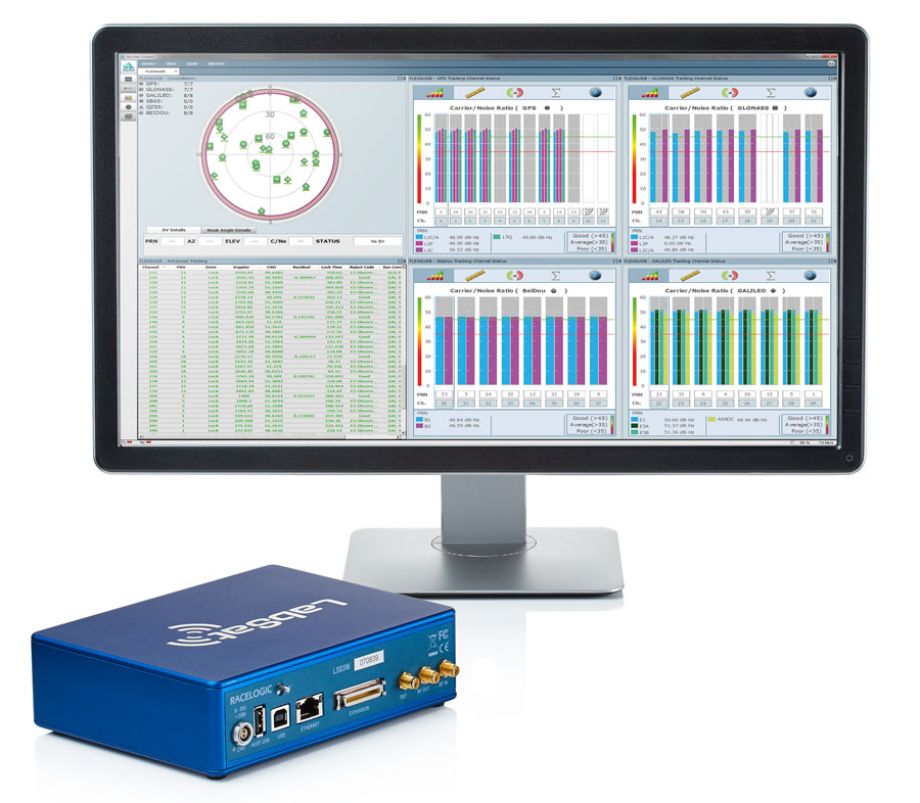A Guide to Galileo

If you are involved in any way with products or services that utilise satellite positioning, navigation or timing, then you will have heard about Galileo, and I’m not talking about the Italian astronomer namesake! However, if you are confused about what Galileo is, why it’s important and how you can get yourself Galileo ready, then you have come to the right place!

Galileo is the European Union’s (EU) global navigation satellite system (GNSS). In December 2016 Galileo officially moved from testing phase to the declaration of Initial Services and is expected to reach Full Operational Capacity (FOC) by the end of 2022.
A key objective of Galileo is to remove the EU’s dependency on signals from non-civilian American GPS and Russian GLONASS constellations. Additionally, Galileo provides Europe with access to the continually expanding GNSS market and the financial benefits that it affords. This hybrid existence of delivering an effective, stand alone constellation that secures European access to GNSS, combined with its welcomed position in enhancing existing coverage, makes Galileo a serious player in the future of GNSS technology.
The positioning, navigation and timing (PNT) information provided by satellites underpins a significant proportion of all modern economies. For example, a recent report by the London School of Economics outlines a conservative estimate of the economic impact on the UK of a five-day disruption to GNSS to be £5.2bn. If the disruption occurred during a period of armed conflict, the impact would be expected to reach far beyond economic losses.
As the reliance on satellite based PNT information continues to grow, the implications of a potential signal failure become even greater. The addition of Galileo should minimise this risk by providing an additional global constellation, and the EU with an independent system that remains under European, civilian control.

Galileo’s strength lies in its ability to provide positioning at increased rates of accuracy and reliability, to deliver unprecedented timing accuracy, and to enhance current GNSS through its compatibility with existing, and planned, GNSS constellations and signals. Multi-constellation devices are enabled to achieve high position accuracy with notable improvements in receiving positioning information in challenging environments, such as urban canyons, where signals are often blocked or reflected.
With Galileo-enabled chipsets and receivers already in production, a significant number of Galileo-ready devices have already hit the market (www.useGalileo.eu). Multi-constellation devices that are Galileo-ready are currently utilising the Galileo Initial Services and are future proofed to migrate to the Galileo FOC.
Galileo Services
Open Service (OS)
Commercial Service (CS)
Search and Rescue Service (SAR)
Public Regulated Service (PRS)
Galileo Testing with LabSat and SatGen
As with all GNSS devices, having cost effective and robust methods for testing are essential throughout research and development, manufacturing, and end-of-line production phases. If a device is Galileo-ready, the testing solution must also have the capability to test Galileo services that are both currently available and those that are yet to reach FOC.

LabSat record and replay GNSS simulators offer the ability to test GNSS-enabled devices with reliability and repeatability that will shorten development times and reduce costs. As a compact yet powerful multi-constellation and multi-frequency GNSS testing device, LabSat is a perfect testing solution for all constellations, including Galileo.
If you require testing on a global scale or in hostile environments, recording live-sky scenarios may not be a viable option. In this case, our custom simulation software, SatGen, provides the ability to simulate almost any kind of test anywhere in the world by creating a user-generated file that can be replayed on a LabSat.
SatGen can accurately simulate the European Galileo GNSS satellite constellation alongside existing GPS, GLONASS and BeiDou RF signal generation, delivering an ideal testing solution of multi-constellation devices.
